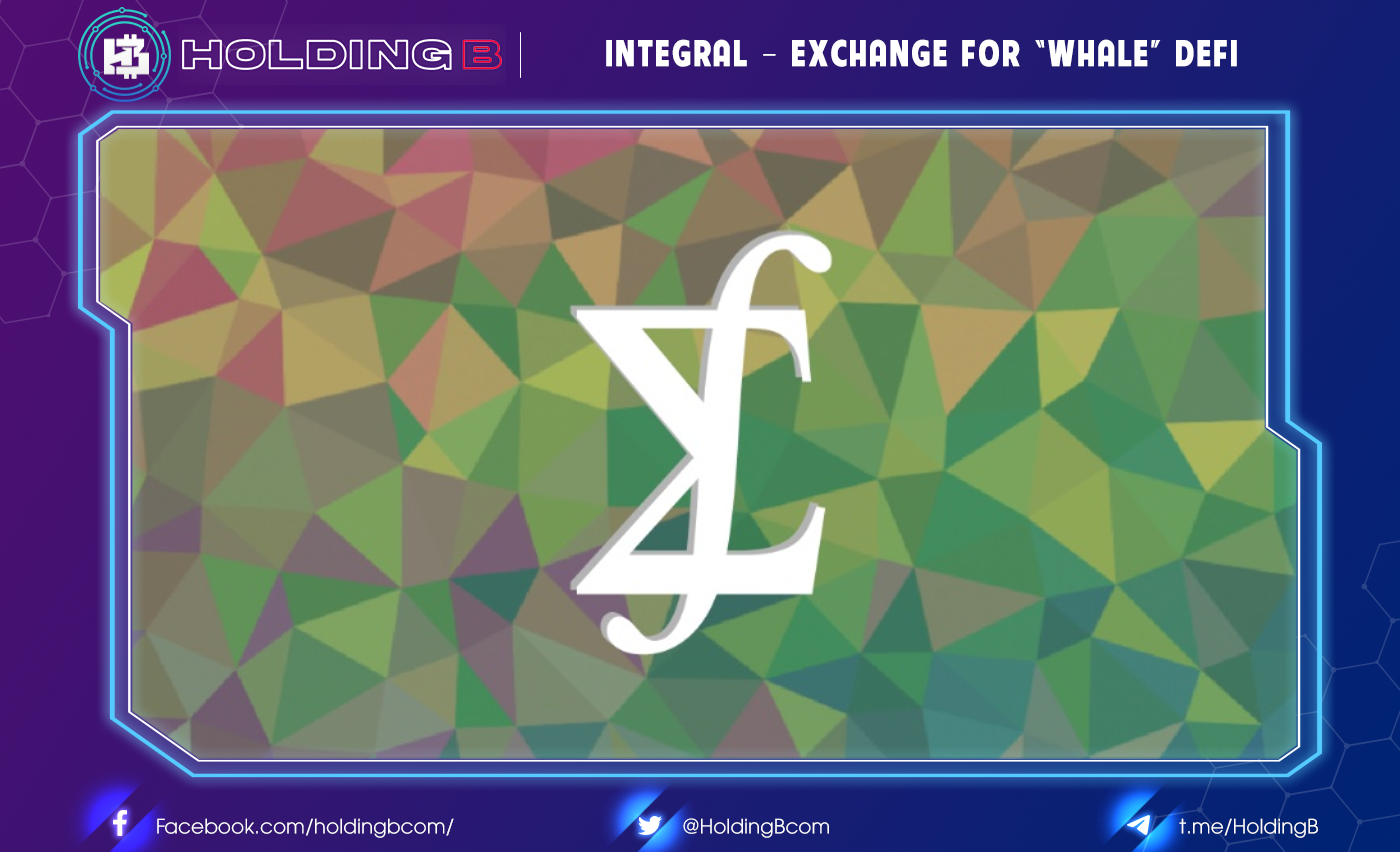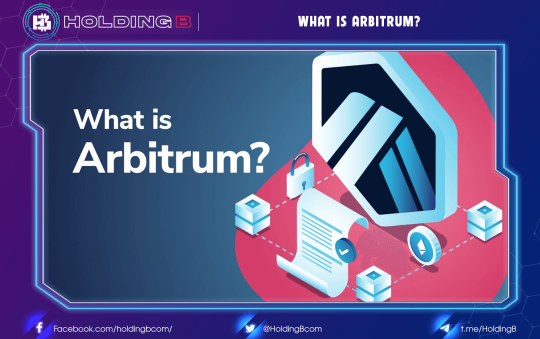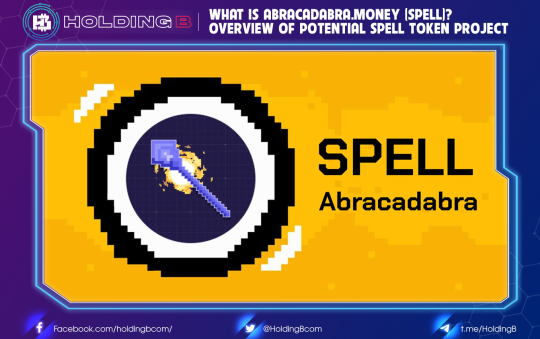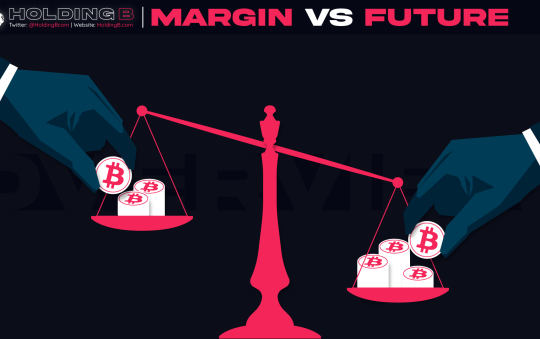Where do whales trade?
Crypto whales trade on DEX exchanges. Decentralized exchanges (DEXs) have grown significantly as cryptocurrencies have blossomed. Uniswap is the most valuable DeFi protocol by market capitalization. The entire DEX volume has exceeded $78 billion per month in the last two months and topped out at $163 billion in May. DEXs are now averaging 7-10% of total spot volume on CEX monthly.
DEXs have built their success on the popular but simple x * y = k price curve, which balances the pool’s liquidity across all price ranges. Uniswap is a pioneer. And thus opened the door to free (permissionless) transactions. Any asset for any trader. Small market cap, small trades? Does not matter. Permissionless pools allow anyone to provide liquidity for any asset.
But not all DEX orders are the same.
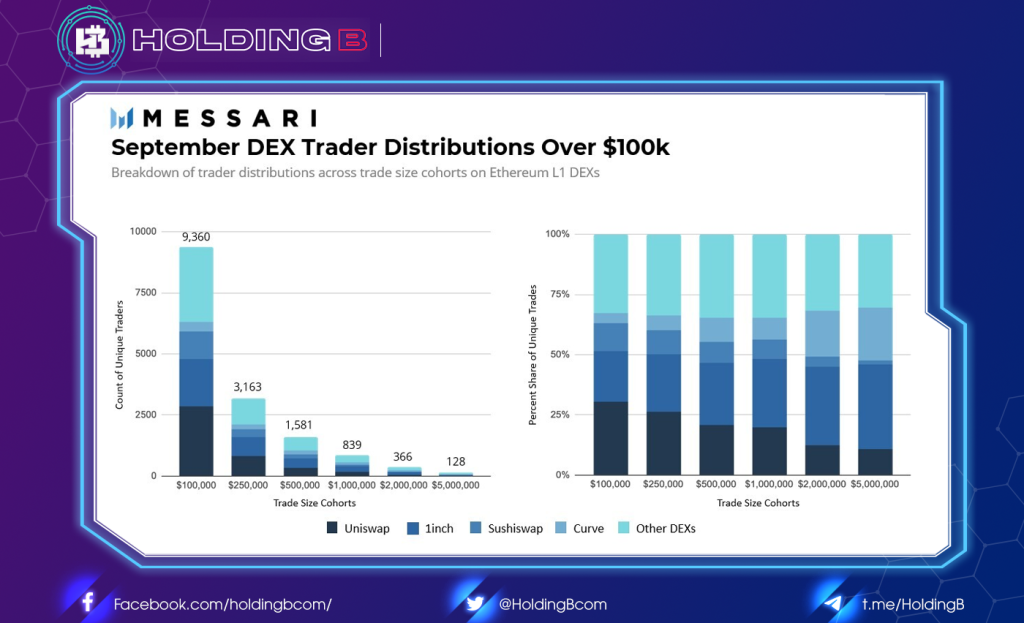
There are large and small transactions. The larger the trade, the more liquidity is required in the DEX to execute trades efficiently with low slippage. Naturally, as cryptocurrencies grow, we start to see large transactions more often. In March of this year, the DEX saw 1,215 traders execute trades over $500k, totaling $9 billion in volume. These numbers have more than doubled within six months. September saw 2,914 traders execute trades greater than $500k on the DEX, and these trades totaled over $19 billion in volume. Increases 140% and 112% in each stat, respectively.
The protocols that serve this $500k market segment along with transactions also change. Curve served the majority of traders (33%) in March. Now in September, DEX aggregators and Uniswap account for just over two-thirds (67%) of all DEX trade over $500k. The curve is only 11%. This shows that the nature of swaps or traders’ intentions has changed significantly. Curve’s DEX is used to trade assets that are fixed in value, so the swap is essentially trading one asset for another – no speculative or buying trades vof aluable assets. Of course, Uniswap is different. Here, traders tend to swap from one asset to another, not the same, in the hope of a better performance than the swapped asset. So not only has the market size of $500k and DEX trading more than doubled in the last 6 months, but growth has also been overwhelming among speculative swap traders.
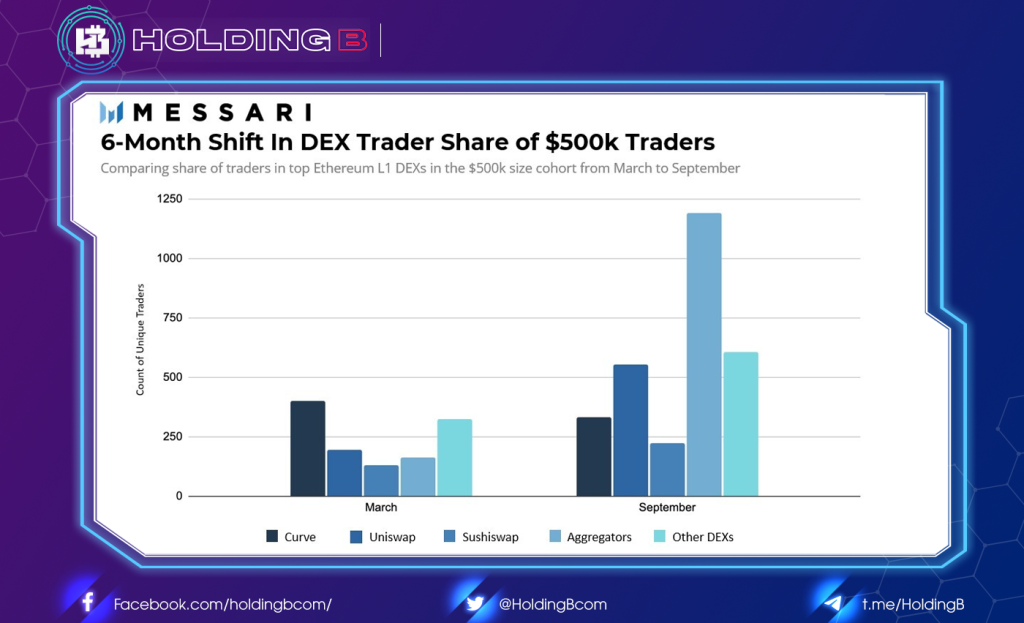
The DEX protocols themselves have begun to change to more efficiently accommodate larger transactions. Uniswap V3 and Sushi Trident have implemented centralized liquidity models to improve upon the x * y = k model. DEX routers have evolved to attract significant volume – especially in the large order market, where large transactions are effectively split between different DEXs. Now, most of the protocols in the DEX field are promoting efficient settlement of liquidity and efficient execution of larger orders to effectively utilize the capital of the ecosystem and process large transactions. than at maturity.
One of the newer protocols addressing this large segment of the DEX market is the Integral Protocol.
Learn more about integration
Integral launched a DEX in March 2021 on Ethereum and subsequently raised $31 million in its public token launch event in April. The goal of the protocol is to be the ‘exchange of the end’ and strives to achieve this by mirroring the liquidity of other top exchanges on its DEX. Having the same liquidity as leading exchanges allows the protocol to offer low slip trades even with large orders. There are a few distinct design choices in the Integral DEX that differ from the classic AMM DEX allowing the protocol to fulfill its ambitions.

Liquidity model
Integral separates the capital used for trade execution and the depth of the order book or price curve. In the classic AMM used at Uniswap, LPs deposit the assets that make up the trading pool – these funds determine the depth (slippage) on trades and provide tokens to the counterparty in the trade. As for Integral, the depth is determined by other top exchanges. All it takes is an oracle to effectively mirror the depth of other top exchanges like Binance and Uniswap.
Currently, the protocol reflects spot liquidity that is 3x larger than that of Binance or 1x of Uniswap’s liquidity. This acts as implicit liquidity for Integral and its traders, who can follow top-level liquidity depth on a decentralized protocol resulting in low slippage trades.
The question is, how does the protocol fund the other side of the transaction if the liquidity depth is reflected from other exchanges? The leveraged AMM model is used to centralize the liquidity of the protocol. The funds provided by the LP are put into a pool and are the capital used to execute transactions. Consequently, significantly less capital is required to provide comparable performance. Likewise, LPs earn significantly higher fee income per liquid unit due to concentrated liquidity.
However, the risk is introduced into the protocol with this model. Integral’s small capital pool can be 100% wrongly balanced by traders if many people just buy and don’t sell or turn back when trading. For example, let’s say there is $10 million of LP capital in Integral acting as realized capital versus a mirrored $200 million of Binance liquidity. If enough volume is done on Integral, the aforementioned ETH/USDC pool can become 100% of only one token in the pool resulting in a non-tradable pool.
Conduct transaction
Integral introduces a concept of time-deferred execution which means that transactions are executed after a waiting period. Uniswap’s 5-minute Oracle TWAP is used to provide a price feed every five minutes for the execution of trades. Transactions stagnate for a waiting period until the timeout and then it is executed.
The transaction delay is done to protect the LP from impermanent loss. Permanent losses occur when arbitrageurs with known price data process the trading pool. Executing a 5-minute delay forces the arbitrageur to take a 5-minute price directional position in the asset. Something that arbitrageurs don’t like to do. So, in a game theory sense, this mechanism convinces arbitrageurs to use a variety of other DEXs where they don’t take on price risk.
Market
Integral currently offers trading in three volatile markets; ETH, WBTC, and LINK along with regular Ethereum stablecoins; USDC, DAI, and USDT. The protocol currently has $28 million in execution liquidity. The majority of these are in the ETH-USDC and ETH-WBTC pools. Each has approximately $10 million in liquidity. However, most of the balance is in ETH. Almost 67% of the liquidity of the entire protocol is in ETH due to the current imbalance in the trading pools.
TVL is down 96% from April’s all-time high of $733 million, however, Integral’s TVL is seriously looking to source stock to pump into the rest of the trade. The protocol has decided to reduce farming rewards to reduce the rate of ITGR emissions, which may have contributed to the notable drop in TVL. Despite its low liquidity below $30 million, the protocol is still able to execute large orders due to its implicit liquidity reflected from Binance and Uniswap.
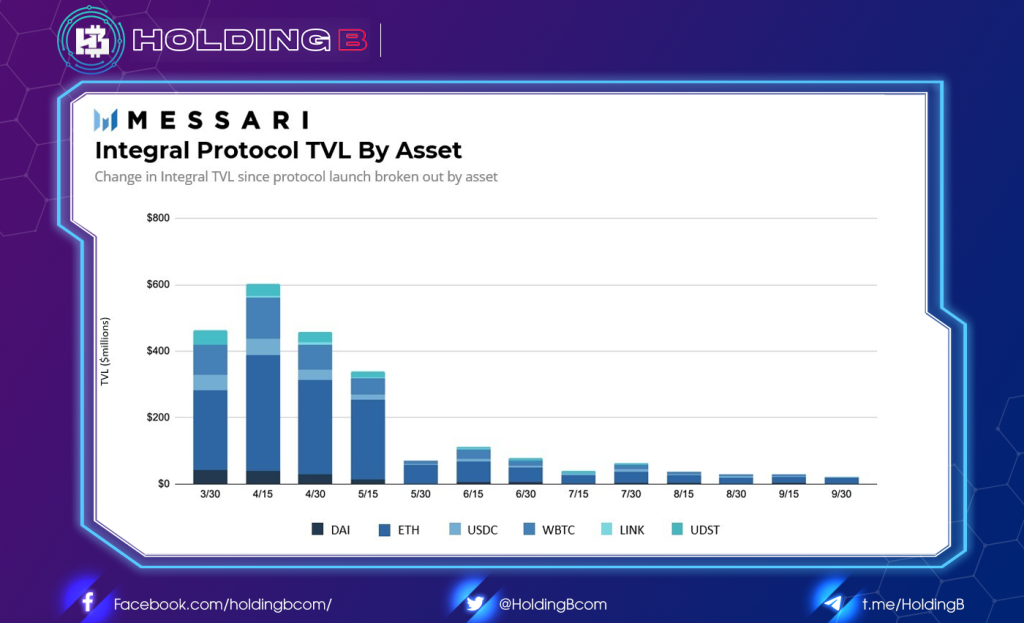
In September, Integral achieved a monthly trading volume of $7.4 million. 66% of Integral’s volume is generated from traders over $100k in trading. Compared to the rest of the DEX market, only 60% of September’s trading volume was due to transactions over 100k. Looking at the number of traders making swaps over $100k further highlights Integral’s relationship with this particular group. 21 of Integral’s 156 traders in September made large transactions, representing 13% of its monthly user base. Meanwhile, the rest of the DEX market has just over 2% of monthly users executing orders over $100k. The upward bias here makes sense as Integral currently caters for large swaps due to its reflected depth and delayed execution method (only large trades have a favorable price compared to DEXs) because the delay mechanism requires many expensive transactions).
ITGR Supply and Tokenomics
Integral’s native token, ITGR, acts as the protocol’s governance token. The ITGR token has a fixed supply of 300 million and the allocation data is shown below.
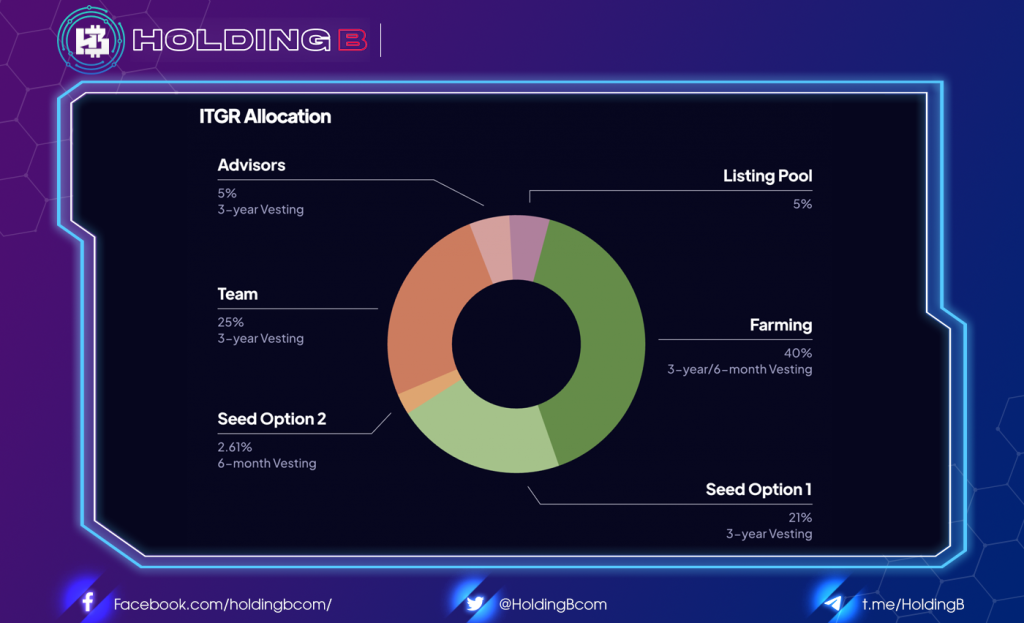
ITGR holders receive an added benefit that all transaction fees, currently set at 1bps for stablecoin pools and 5bps for all others, are accrued to the ITGR token.
Integral completed a public seed round on April 28 of this year, allowing the project to raise ~$32 million. The token sale includes two options as shown in the supply allocation chart. The first option has a three-year term compared to the six-month option, which accounts for nearly 80% of the total amount raised. On September 15th, the ITGR token is officially available for trading on Uniswap.
The project has a liquidity mining program, allowing liquidity providers to earn ITGR tokens. The LP bonus is designed so that only providers to pools with no weight or greater than $2 million in TVL will receive the ITGR rewards. Earned ITGR tokens also distribute linearly over a 6-month period.
Staking functionality has also been developed for the ITGR token. Holders of the issued tokens can choose to stake these tokens and earn more ITGR tokens. The protocol provides 45% APY for a three-year lock-in period and 10% APY for a six-month lock-in period. Currently, over 900,000 ITGRs are staked, representing ~15% of the circulating supply.
The way forward
As the cryptocurrency ecosystem continues to expand rapidly, it is expected that the volume and size of large transactions will also increase. Currently, Integral offers a unique solution for traders in this market through its transaction delay mechanism and the implementation of a centralized liquidity design. However, to create or sustain any advantage in this industry, continuous product improvement and integration have proven to be crucial.
Integral has announced its intention to build a new product, an on-chain OTC protocol. The OTC product is set to launch in November, and interested users can sign up on the waiting list. To drive user adoption of the current suite and any future additions, the integration will be key, as this strategy can (implicitly) bring the protocol to users. Integration with a DEX aggregator can increase the volume going to the protocol without requiring users to communicate directly with it. Due to its unique mechanism design, Integral may experience technical difficulties in successfully developing these integrations.
As Integral seeks to build on these new products and integrations, the competitive landscape surrounding this sector of the market will also evolve. Uniswap and aggregators like 1inch have developed a significant level of brand awareness, giving them a competitive edge without necessarily focusing on this particular market segment. Of course, competition will not only come from decentralized exchanges and aggregators, but also centralized institutions.
As the market for bulk orders continues to grow, Integral will look to successfully develop innovative products and build partnerships and integrations to serve this niche. Faced with strong competition from established centralized and decentralized competitors, Integral will continue to build a unique, powerful product suite in the hope of eventually finding success.
See ya in the next article !
Don’t forget to follow useful articles about Crypto Market from team Holding B !!!
- Telegram Channel: https://t.me/HoldingBcom
- Telegram Group: https://t.me/HoldingB
- Website: https://holdingb.com/
- Twitter: https://twitter.com/HoldingBcom
- Facebook: https://www.facebook.com/holdingbcom

